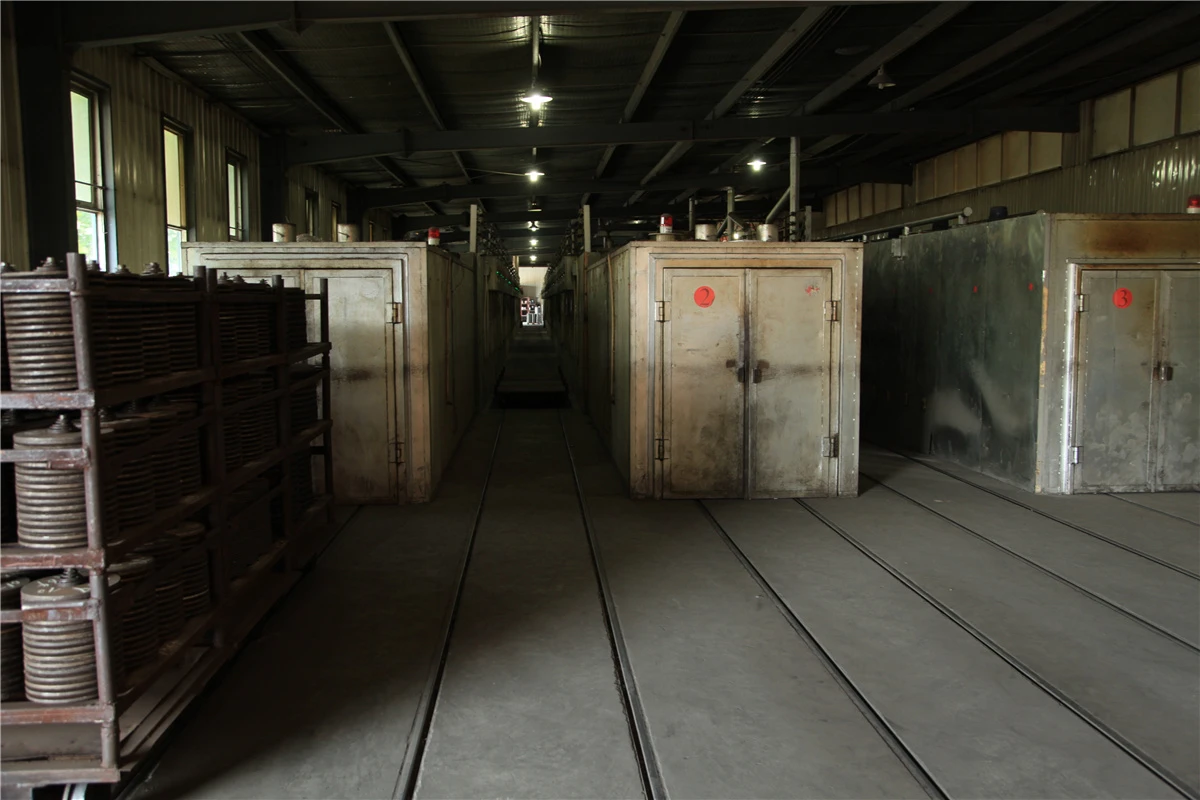The Essential Guide to Grinder Sanding Discs for Metal
When it comes to metalworking, achieving a smooth finish is crucial for both aesthetics and functionality. One of the most effective tools for this task is the grinder, particularly when paired with the right sanding disc. Grinder sanding discs for metal are designed to perform efficiently, offering versatility across various metalworking applications. In this article, we’ll delve into the types of sanding discs available, their uses, and how to choose the right one for your project.
Understanding Grinder Sanding Discs
Grinder sanding discs come in various materials, sizes, and grit levels, making them suitable for a wide range of tasks, from rough grinding to fine polishing. The most common types of sanding discs for metal include
1. Aluminum Oxide Discs This is the most widely used type of sanding disc. They are durable and suitable for general-purpose grinding on ferrous and non-ferrous metals. Aluminum oxide discs excel at removing rust, paint, and other surface imperfections.
2. Zirconia Alumina Discs Known for their superior cutting capabilities, zirconia alumina discs are made from high-quality materials that can withstand heavy use. They are ideal for grinding hard metals like stainless steel and provide a longer lifespan than aluminum oxide discs.
3. Ceramic Discs These discs are designed for high-performance grinding and are typically used for heavy removal tasks. Ceramic discs can withstand high temperatures and are effective on tough materials, making them a favorite among professional metalworkers.
4. Silicon Carbide Discs Primarily used for working on non-ferrous metals and some harder materials like glass and ceramics, silicon carbide discs provide a sharp cut and are often used for finer finishes.
Choosing the Right Grit
grinder sanding disc for metal

The grit of a sanding disc is a crucial factor that influences the quality of the finish. Grit ranges from coarse (20-60 grit) to medium (80-120 grit) and fine (150-400 grit). For instance, coarse discs are best for aggressive material removal, while finer discs are suited for polishing and refining surfaces. Here’s a quick guide to choosing grit levels
- Coarse (20-60 grit) Ideal for stripping paint, removing heavy rust, and shaping metal surfaces. - Medium (80-120 grit) Best for blending and leveling the surface, knocking down edges, and preparing for final finishing. - Fine (150-400 grit) Perfect for final polishing and preparing surfaces for paint or other finishes.
Attachments and Compatibility
Another important consideration when selecting sanding discs for grinders is ensuring compatibility with your grinding tool. Most sanding discs feature a hook-and-loop attachment, while others may use adhesive backing or a threaded attachment. It’s crucial to match your disc type with the grinder you are using to avoid damage to both the tool and the disc.
Safety Considerations
Using grinder sanding discs requires adherence to safety protocols to prevent accidents and injuries.
- Always wear appropriate personal protective equipment, including safety goggles, gloves, and a dust mask. - Ensure the grinding area is well-ventilated to minimize dust inhalation. - Inspect discs for damage before use and discard any that show signs of wear or cracks. - Follow the manufacturer's guidelines for speed and application to prevent overheating and breaking of the disc.
Conclusion
Grinder sanding discs for metal are indispensable tools in metalworking, allowing for precision, efficiency, and versatility. By understanding the types of discs available, their specific uses, and selecting the appropriate grit, you can elevate the quality of your metal projects significantly. Remember the importance of safety and proper adhesion techniques to ensure a successful and safe working experience. Whether you’re a DIY enthusiast or a professional metalworker, the right sanding disc can make all the difference in achieving a flawless finish.
Post time:Dec - 16 - 2024

















